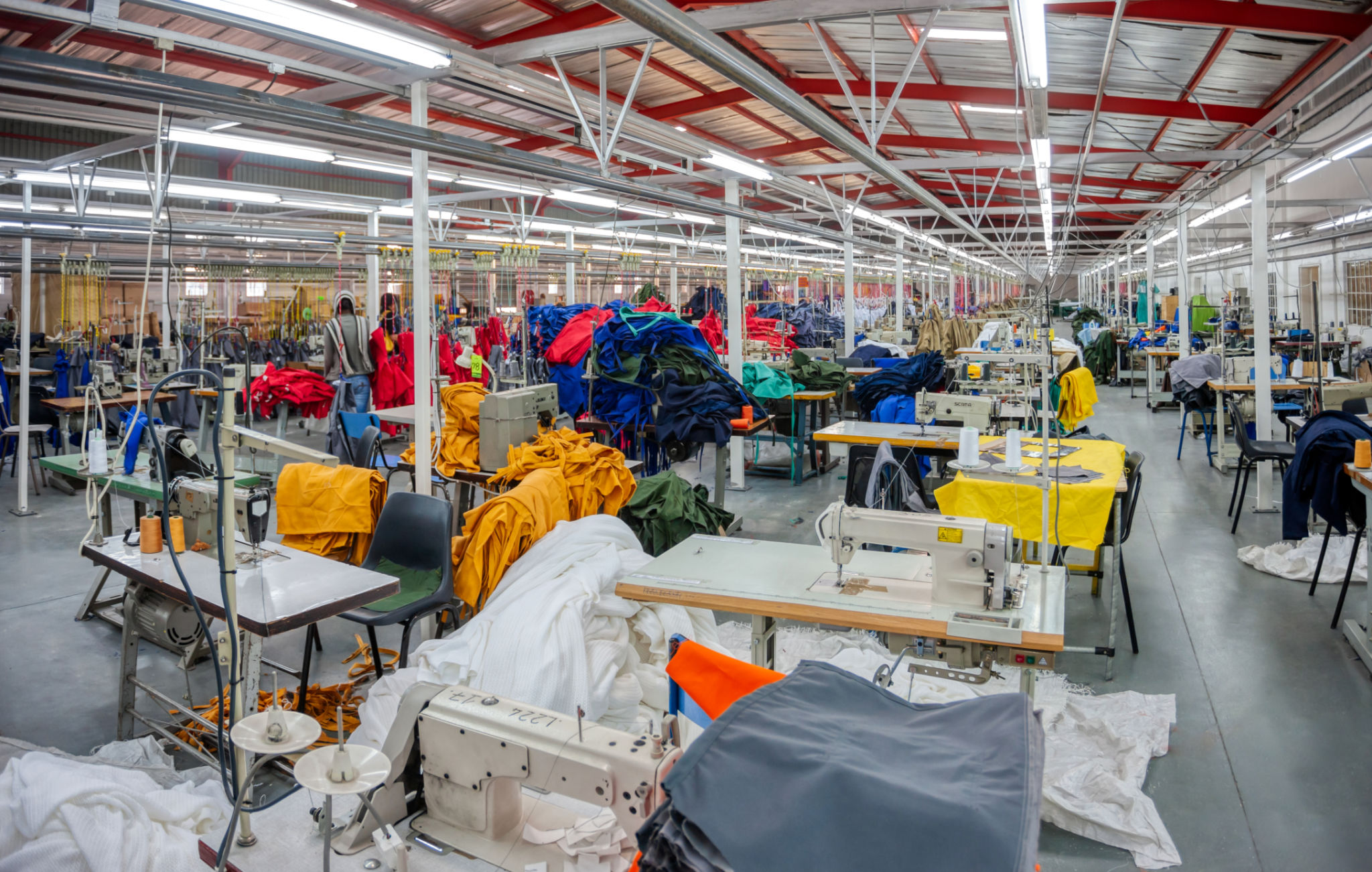Maximizing Export Profits: How Data Analysis Solutions Transform Textile Businesses
The Power of Data Analysis in the Textile Industry
In today's global market, textile businesses face numerous challenges when it comes to exporting goods. From managing supply chains to understanding consumer preferences, the complexities are vast. However, one powerful tool that can significantly enhance export profits is data analysis. By leveraging data-driven insights, textile companies can make informed decisions that drive efficiency and growth.
Data analysis solutions offer a comprehensive look into various facets of a business, providing valuable insights that were previously hidden. For textile businesses aiming to maximize their export profits, these solutions can be transformative. By analyzing market trends, production metrics, and customer preferences, companies can optimize their strategies and operations.

Understanding Market Trends
One of the primary benefits of data analysis is the ability to understand and predict market trends. In the textile industry, trends can change rapidly, influenced by factors such as fashion seasons, economic shifts, and cultural changes. By utilizing data analytics, businesses can track these trends in real-time and adjust their product lines accordingly.
For instance, data analytics can help identify which types of fabrics or styles are gaining popularity in different regions. This information allows textile companies to tailor their offerings to meet specific market demands, ensuring that their products remain competitive and desirable.
Enhancing Supply Chain Efficiency
The supply chain is another critical area where data analysis can make a significant impact. Efficient supply chain management is crucial for maximizing export profits, as delays and inefficiencies can lead to increased costs and lost opportunities. Data analysis solutions enable textile businesses to monitor their supply chains meticulously.
By analyzing data related to production schedules, inventory levels, and transportation logistics, companies can identify bottlenecks and inefficiencies. This proactive approach allows for timely adjustments, reducing lead times and minimizing costs associated with excess inventory or delays.

Improving Customer Insights
Understanding customer preferences is essential for any business looking to succeed in foreign markets. Data analysis provides textile companies with deep insights into consumer behavior and preferences. By analyzing sales data, feedback, and social media interactions, businesses can gain a clearer picture of what their customers want.
This information is invaluable for developing targeted marketing strategies and creating products that resonate with the target audience. Personalized offerings not only enhance customer satisfaction but also lead to higher conversion rates, ultimately boosting export profits.
Optimizing Pricing Strategies
Pricing is a critical factor in determining export success. Data analysis allows textile businesses to optimize their pricing strategies by evaluating various factors such as production costs, competitor pricing, and market demand. With this information, companies can set competitive prices that maximize profit margins without sacrificing market share.
Furthermore, data analytics can help identify pricing trends over time, enabling businesses to anticipate changes and adapt accordingly. This dynamic approach ensures that textile companies remain agile and responsive in a constantly evolving market.

The Future of Textile Exports
As the textile industry continues to evolve, the role of data analysis will become increasingly important. Companies that embrace these solutions will be better positioned to navigate the complexities of international trade and capitalize on new opportunities. By harnessing the power of data, textile businesses can drive innovation, improve efficiency, and ultimately increase their export profits.
In conclusion, data analysis solutions are not just an option but a necessity for textile companies looking to thrive in the global market. By understanding market trends, optimizing supply chains, gaining customer insights, and refining pricing strategies, businesses can transform their operations and achieve sustainable growth in the export sector.